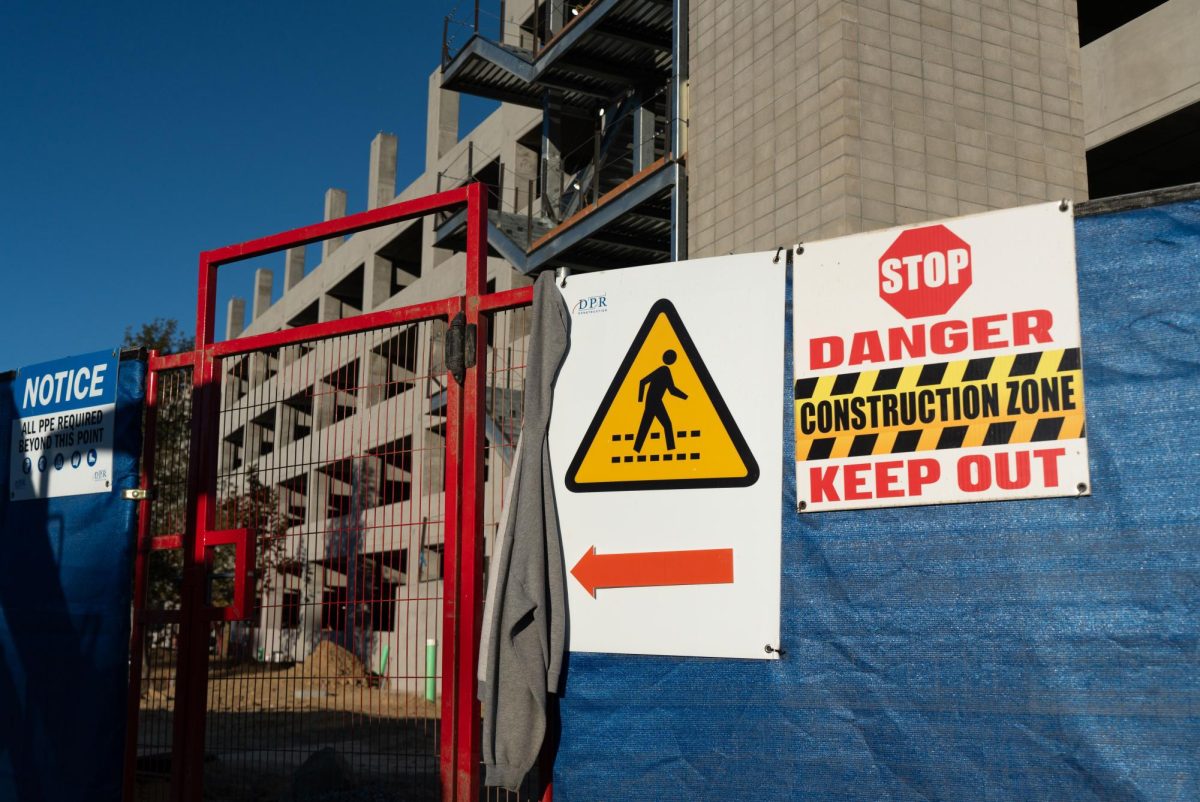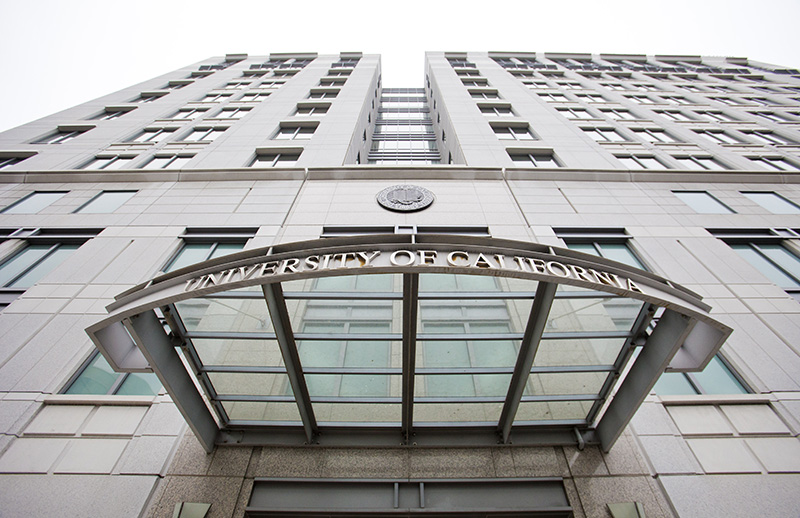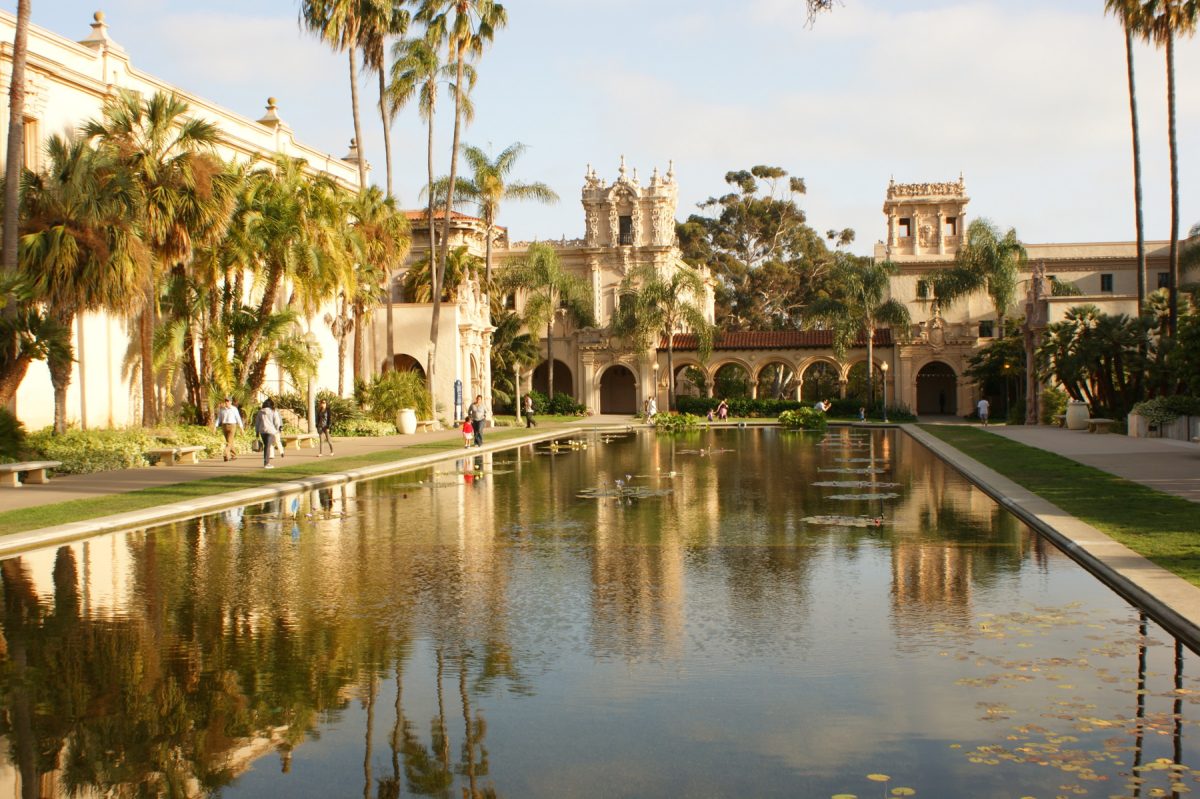Alexandria Real Estate Equities (ARE), a company credited with developing several science campuses in San Diego, recently proposed the construction of a large biotechnology project of more than 2.24 million square feet in University City. If approved, the project would build research facilities to foster innovative research in the biotech field, as well as 2,205 dwelling units distributed across eight buildings and four multi-level parking structures with 5,153 parking spots.
Developers intend to locate the project adjacent to Interstate 5 and north of the Scripps Memorial Hospital La Jolla, taking up currently empty lots on Campus Point Drive and Campus Point Court. The city will decide on an action item provided by ARE at a public hearing, but the date and location are still pending.
There is currently a lack of on-campus housing for students at UC San Diego, and, though this project is not specifically for students, many believe that the increase in housing in the neighboring University City area could provide more off-campus options.
“It’s not student housing, but I assume anyone can lease there,” Chris Nielsen, chair of the University Community Planning Group said.
The UCPG provides community feedback for big projects like this and could recommend approving a development to the city, based on the developer’s action item.
Nielsen explained the motivation behind the development’s location and how it could provide opportunities for students.
“The kind of tenants that go into [the project] are companies like Eli Lilly, Bristol Myers; it’s pharmaceuticals and start-ups that have been around for a while that need [much more] space because they have real products to develop,” he said.
“They like that location because it’s near UC San Diego, so there’s a synergy between the work going on in the research areas and the ability to get qualified people that UCSD provides,” he added. “They want to emphasize the level of cooperation that can occur under these circumstances.”
Second-year Valerie Rojas believes the proposed project could benefit UCSD students.
“I think that, overall, the project can lead to good opportunities, especially when it comes to an increase in housing availability and internship opportunities,” Rojas said.
The City of San Diego Development Services Department filed a Notice of Application on Nov. 4. It indicated that the project will require a Planned Development Permit which would allow building heights to exceed the University City community’s 120-foot height limit.
Nielsen explained what can be expected from this development.
“[The project] has a long way to go; this is the first step,” Nielsen said. “It’ll start going through revisions both at the city and Alexandria as they work out what’s allowed, what’s not allowed, and what kind of permits need to be done for what.”
“The [area] under consideration, I believe, used to be IP11, which is the city’s terminology for [spaces dedicated to] pure research and technology,” he added. “Now, the zoning in there is given as EMX, this is mixed-use level two, which allows a combination of jobs and potential housing in the same development.”
Nielsen elaborated further on what a mixed-use facility could look like.
“Kind of like the way UC San Diego is built, not everything is a single type,” he said. “You have some buildings that have classrooms and some buildings that have classrooms and housing. That’s the idea of mixed-use.”
As of now, there is not enough information to evaluate any consequences of the project, Nielsen said. The UCPG does not have an opinion on the project at this time.
Due to its proximity to campus, students have voiced their concerns about the project’s potential impacts on the UCSD community.
Fourth-year commuter Gissella Baldovinos, who has lived off campus for two years, expressed her main concern about a potential large development near campus.
“It would cause more traffic because, in that area, there’s the high school, the mall, and the hospital, and it already gets congested as it is,” she said.
Nielson also shared that, along with the proposed development of the mixed-use facilities, the developers will work with UCSD to implement smart signals — traffic lights controlled by a system that adapts signal timing based on real time traffic data — in the next three to four months.
Once the city grants the necessary permits, the smart signals will be installed at each intersection from Scripps Memorial Hospital La Jolla down to Nobel Drive along Genesee Avenue. This portion of the project will be implemented independently from the rest of the infrastructure and thus will be completed sooner.
Nielsen believes the smart signals will help mitigate traffic concerns that some worry will accompany the development.
“All these interlocking signals being controlled intelligently should produce better traffic flow,” he said. “The university has a vested interest in moving traffic around the periphery of campus as well. This will end up being a big improvement.”










